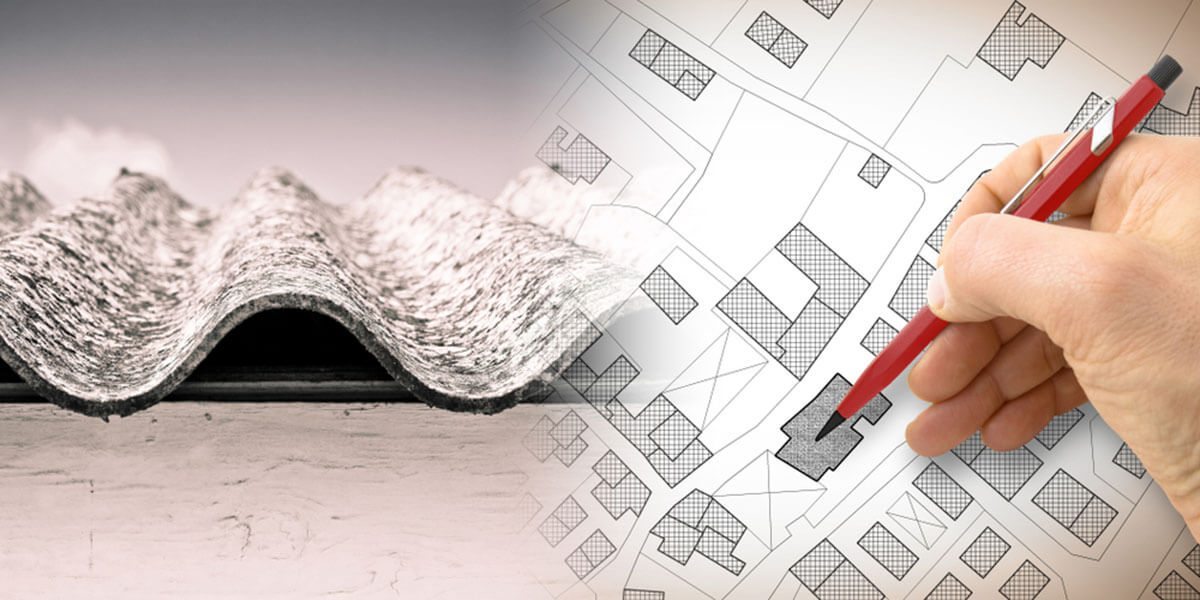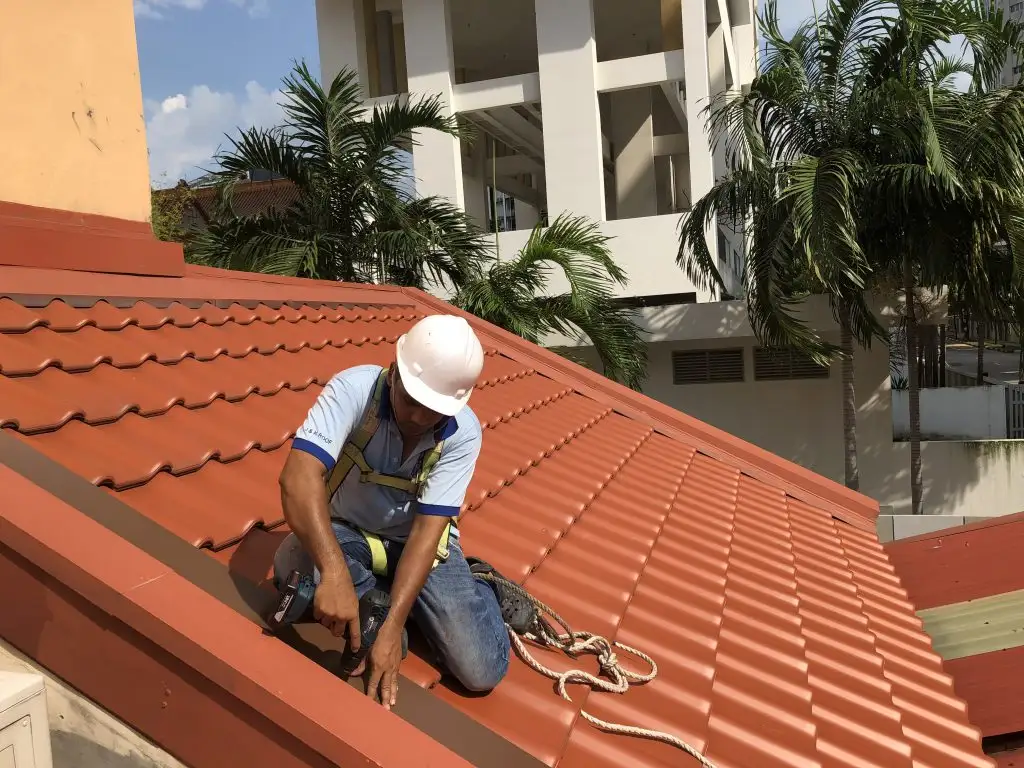The Risk of Asbestos Poisoning at Home

The U.S. is one of the few countries where the use of asbestos-blended products is not entirely banned. As such, it is not uncommon to find some asbestos components in your home. The presence of asbestos is not hazardous itself. However, if asbestos-based materials undergo deterioration or damage, they can release asbestos fibers and cause a health hazard.
Table of Contents
What is Dangerous About Asbestos?
Asbestos is a durable, heat resistant mineral fiber. You may need a specialized microscope to identify it positively. Historically, it was added to different things to provide heat insulation and fire resistance. So, you can find it in your home’s plumbing systems and structure.
People who breathe high levels of asbestos fibers on a prolonged basis are at an increased risk of developing mesothelioma. Mesothelioma can appear in different forms as it affects various internal organs. However, the symptoms may not appear until about two decades after the first exposure. Learn more concerning mesothelioma at Asbestos.Net.
Asbestos Components in your Home
It is essential to avoid actions like sawing, scraping at, sanding, or handling asbestos materials. Until the 1970s, various building and insulating materials contained asbestos. The following are standard house construction products that may contain asbestos.
- Boilers, furnace ducts, and steam pipes – these items may have a coat of asbestos or asbestos paper tape. Removing and repairing this equipment can release airborne toxins into the atmosphere.
- Resilient floorings such as vinyl asbestos, asphalt, or rubber may contain asbestos. Alternatively, the adhesives used to install the floor tiles can disperse contaminant fibers in the air during removal.
- Human-made ashes and embers that are used in gas-fired fireplaces may contain asbestos.
- Stovetop pads and other older products could have some asbestos blends.
- Steam and hot water pipes in older houses might have a blanket of asbestos coating them.
- Door gaskets and oil and coal furnaces may have asbestos insulation.

What to Do if You Have Asbestos in Your Home
When you suspect that you may have some asbestos in your home, do not try to handle it yourself. If it is in good condition, the best course of action is to leave it alone. Undamaged asbestos does not pose any risk to your health. However, if you notice any wears, tears, or abrasion on the asbestos material, seal that area off.
It is advisable to find out the materials used to make your house before remodeling or renovating. When it is necessary to replace worn-out asbestos, you should only do so with an asbestos professional’s assistance. The most suitable person to help you properly handle and dispose of asbestos is an expert aware of the precautions to take.
When the repair of asbestos parts is essential, you could adopt a sealing strategy to encapsulate the material. Applying a sealer may bind the item so that the fibers don’t end up in the air. Alternatively, you could cover the toxic part with something that will prevent the spread of asbestos particles.
Removing the asbestos parts is more expensive and should be a last resort unless required by local or state regulations.
Wrapping Up
Some parts of your home could comprise some asbestos items. If these components undergo any damage, they could release harmful fibers that can cause mesothelioma development. Mesothelioma is fatal and can impact your quality of life when contracted.
Any repair or replacement of asbestos materials in your home should only occur with the supervision of a health and safety professional.





